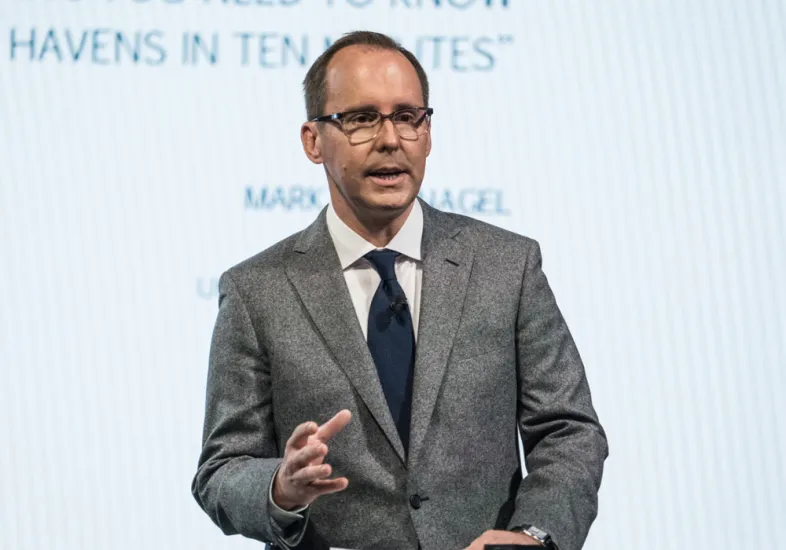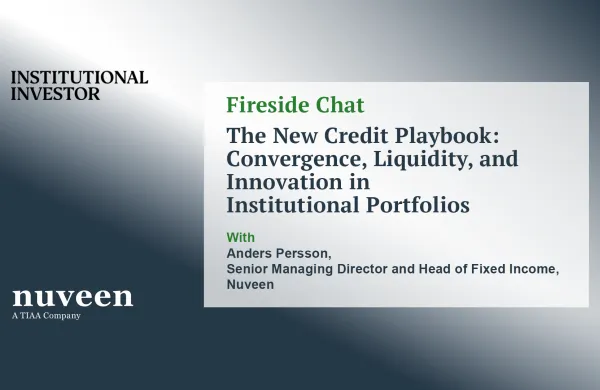Investors are bailing on hedge funds after their recent spate of underperformance. But an analysis of hedge funds over the last 30 years by Universa Investments, itself a hedge-fund firm focused on risk mitigation, shows that the vehicles have never really delivered on their promise of protecting investors’ capital.
Universa compared the performance of a “hedged” portfolio — one with 75 percent of its assets in the Standard & Poor’s 500 (SPX) index and 25 percent in a custom hedge fund index — to the SPX itself.
The hedged portfolio included nine HFR indices and one from Barclay/Hedge as proxies for hedge funds. The annualized outperformance of these hypothetical portfolios from 1990 to the end of 2019 ranged from a disappointing negative 1 percent to 0.4 percent relative to the S&P 500. (The hedge fund indices themselves, which included managed futures, market neutral, macro, and other strategies, delivered outperformance of between negative 5.4 percent to 1 percent.)
“Putting that all together, the way to gauge hedge funds’ success is through the risk mitigation value they add to a portfolio,” according to the report, sent to Universa clients and obtained by Institutional Investor.
[II Deep Dive: Why the 2010s Have Been a ‘Lost Decade’ for Hedge Funds]
An investor wanting protection from equity risk and a market crash could have built a portfolio with 75 percent of assets in the S&P 500 and 25 percent in bonds. According to Universa’s research, this portfolio has outperformed the S&P 500 by 0.1 percent annually since 1990.
Mark Spitznagel, president and chief investment officer, explained in the report that he wanted to determine the “portfolio effect,” essentially whether or not they have raised the geometric mean returns (or more familiar compound annual growth rate) of their end users’ entire portfolios by mitigating their systematic risk.
When hedge fund results from the dot-com bust of 2000 to 2002 were removed from the 1990-to-2019 period, hedge funds were even more of a drag on the hedged portfolios, In Spitznagel said in an interview. The hedged portfolio lagged the S&P 500 by 0.2 percent to 1.9 percent without those years.
From 2000 to 2002, the 10 hedge fund indices that Universa analyzed returned from 4.4 percent to 23.4 percent annually, even as the S&P 500 lost 37.6 percent. Those eye-popping returns spurred billions in flows from investors. But hedge funds never again replicated those results.
In 2008, the vehicles disappointed investors looking for protection from the global financial crisis. The 10 hedge fund indices studied lost between 26.7 to 14.1 percent, as the S&P 500 fell 37 percent. The 75/25 portfolio lost 34.4 percent to 24.2 percent, according to Universa.
“Since 1990, our hedge funds’ range of value-added came from the risk mitigation that they provided in 2000-2002. “Whether we call this ‘crash-alpha’ or ‘crash-beta,’ outside of what they did from 2000-2002, none of our hedge-fund indices moved the needle through any observable edge,” wrote Spitznagel. “Okay, we’ll give them that — because this is actually how risk mitigation is supposed to work. In that, hedge funds represented a risk mitigation cost to portfolios when the markets weren’t plunging — sort of like paying an insurance premium.”
Spitznagel said there’s a misunderstanding around low volatility and mean variance: lowering volatility is not synonymous with risk mitigation. Hedge funds’ role in a portfolio should be to mitigate risk in a way that maximizes wealth. But that is not happening. “That’s the fundamental misunderstanding and modern portfolio theory is to blame,” he said.







